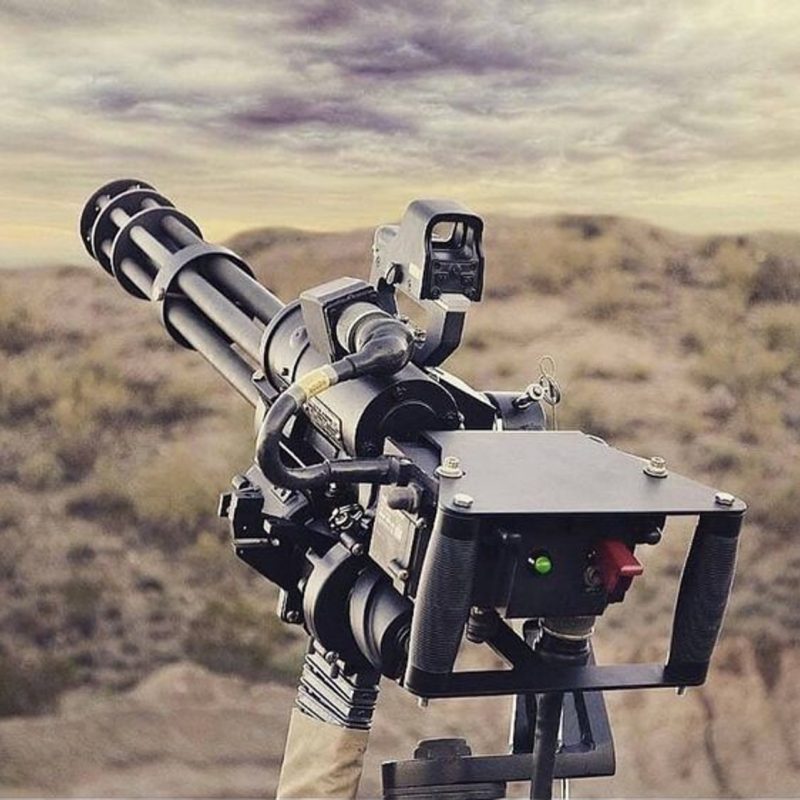Understanding the NFA
ATF Definitions of underlined words can be found at the bottom of the article
When considering purchasing your first firearm, adding to your collection, or investing in the lucrative world of machineguns, understanding the laws around firearms can be a daunting task. With the added complexities surrounding the NFA (National Firearms Act), firearms owners are tasked with understanding yet another legal barrier to exercising their constitutional rights. Sounds complicated, right? Worry not! This section will go over the law as it currently stands on a federal level so you will be better equipped on making an informed purchase. It is important to note that your local & state laws may ban firearms that are legal federally, so always check before making a purchase to make an informed decision.
What is the NFA?
The NFA (“National Firearms Act”) is a restriction placed upon the fundamental right acknowledged in the 2nd Amendment that was established in 1934 to regulate and control the civilian ownership of Machineguns, SBRs, SBSs, AOWs, Silencers, and Destructive Devices.
Are machineguns legal?
Yes! Not only are many machineguns legal, they are some of the best investments around regardless of a bearish or bullish stock market! Many machineguns are legal federally and are controlled by the National Firearms Act of 1934. These machineguns made before 1986 are referred to as “transferables” because they are obviously transferable! Your local & state laws may prevent firearms that are legal federally, so please always check your local laws before attempting to purchase.
What items fall under the NFA?
NFA firearms/items (otherwise referred to as “title II firearms”) are broken up into six different types: SBRs (“Short Barreled Rifles”), SBSs (“Short Barreled Shotguns”), Machineguns, Silencers, AOWs (“Any Other Weapons”), and Destructive Devices. These types of NFA items can be legally owned by individuals, trusts, or corporations and the transfer process can be surprisingly quick, especially after 2024. If you can purchase a firearm from your local gun store, ATF will very likely approve a transfer of an NFA item to you!
What does the transfer process look like?
Firstly, all NFA items must be registered. Whether it is registered to you as in individual, trust, or corporation, that weapon must go through a chain of custody of ownership during a transfer. If purchasing through Avkar Armory, we will help you by presenting you with all the required documents and once filled out by the purchaser, we will help organize them before submission. This simplifies the application process to make the whole experience easy and hassle free. Here is how the transfer process will unfold for you:
If the buyer is not located within your state:
- After deciding on which NFA item to buy, negotiating a price, purchasing, and receiving payment, the item will first be transferred from the seller to a class 3 dealer(that is someone in possession of the applicable FFL and a SOT) within the seller’s state via a form 4. After ATF approves that transfer, the class 3 dealer you selected will start the transfer paperwork to a class 3 dealer within the buyer’s state via a form 3. Once approved, your class 3 dealer will transfer your NFA item to the class 3 dealer located within the buyer’s state. Once the buyer’s class 3 dealer receives the item, then they can start the transfer process between the buyer’s dealer and the buyer via a form 4. Once the buyer’s dealer receives their NFA item, it is up to the buyer to inspect it to make sure they are satisfied with the purchase. It is highly advised you do this on all NFA items you purchase, especially machineguns. Once the form 4 is approved, the buyer may go to his class 3 dealer and receive the item.
If the buyer is located within your state:
- After deciding on which NFA item to buy, negotiating a price, purchasing, and receiving payment, the item can be transferred between buyer and seller via a form 4.
How long does the transfer process take?
Transfer times vary from year to year and depending on if the buyer is out of state or not. Also, it varies depending on if you file online via the ATF’s efile system or if you mail a paper application. To get up to date information on current transfer times, you can visit these two websites:
ATF’s own processing time estimations:
Silencer shop’s processing time estimations:
Definitions
SBRs
According to the BATFE (18 U.S. Code § 921(8)):
- The term “short-barreled rifle” means a rifle having one or more barrels less than sixteen inches in length and any weapon made from a rifle (whether by alteration, modification, or otherwise) if such weapon, as modified, has an overall length of less than twenty-six inches.
SBSs
According to the BATFE (18 U.S. Code § 921(6)):
- The term “short-barreled shotgun” means a shotgun having one or more barrels less than eighteen inches in length and any weapon made from a shotgun (whether by alteration, modification or otherwise) if such a weapon as modified has an overall length of less than twenty-six inches.
Machineguns
According to the BATFE (26 U.S.C. § 5845(b)):
- The term “machinegun” means any weapon which shoots, is designed to shoot, or can be readily restored to shoot, automatically more than one shot, without manual reloading, by a single function of the trigger.
- The term shall also include the frame or receiver of any such weapon, any part designed and intended solely and exclusively, or combination of parts designed and intended, for use in converting a weapon into a machinegun, and any combination of parts from which a machinegun can be assembled if such parts are in the possession or under the control of a person.
Silencers
According to the BATFE (18 U.S. Code § 921(25)):
- The terms “firearm silencer” and “firearm muffler” mean any device for silencing, muffling, or diminishing the report of a portable firearm, including any combination of parts, designed or redesigned, and intended for use in assembling or fabricating a firearm silencer or firearm muffler, and any part intended only for use in such assembly or fabrication.
AOWs
According to the BATFE (26 U.S.C. § 5845(e)):
- The term “Any Other Weapon” means any weapon or device capable of being concealed on the person from which a shot can be discharged through the energy of an explosive, a pistol or revolver having a barrel with a smooth bore designed or redesigned to fire a fixed shotgun shell, weapons with combination shotgun and rifle barrels 12 inches or more, less than 18 inches in length, from which only a single discharge can be made from either barrel without manual reloading, and shall include any such weapon which may be readily restored to fire.
Destructive Devices
According to the BATFE (26 U.S.C. § 5845(f)):
- The term “destructive device” means (1) any explosive, incendiary, or poison gas (A) bomb, (B) grenade, (C) rocket having a propellent charge of more than four ounces, (D) missile having an explosive or incendiary charge of more than one-quarter ounce, (E) mine, or (F) similar device; (2) any type of weapon by whatever name known which will, or which may be readily converted to, expel a projectile by the action of an explosive or other propellant, the barrel or barrels of which have a bore of more than one-half inch in diameter, except a shotgun or shotgun shell which the Secretary finds is generally recognized as particularly suitable for sporting purposes; and (3) any combination of parts either designed or intended for use in converting any device into a destructive device as defined in subparagraphs (1) and (2) and from which a destructive device may be readily assembled. The term “destructive device” shall not include any device which is neither designed nor redesigned for use as a weapon; any device, although originally designed for use as a weapon, which is redesigned for use as a signaling, pyrotechnic, line throwing, safety, or similar device; surplus ordnance sold, loaned, or given by the Secretary of the Army pursuant to the provisions of section 7684(2), 7685, or 7686 of title 10, United States Code; or any other device which the Secretary finds is not likely to be used as a weapon, or is an antique or is a rifle which the owner intends to use solely for sporting purposes.
FFL
“FFL” stands for “Federal Firearms Licenses”, also known as “dealers”
- The term “dealer” means (A) any person engaged in the business of selling firearms at wholesale or retail, (B) any person engaged in the business of repairing firearms or of making or fitting special barrels, stocks, or trigger mechanisms to firearms, or (C) any person who is a pawnbroker. The term “licensed dealer” means any dealer who is licensed under the provisions of this chapter.
- The different types of FFLs can be found here:
https://www.atf.gov/resource-center/types-federal-firearms-licenses-ffls
SOT
“SOT” stands for “Special Occupational Tax”
- This is a tax that FFLs can choose to pay in order to gain additional privileges
Form 4
“Form 4” refers to ATF form 5320.4 found here…
- https://www.atf.gov/firearms/docs/form/form-4-application-tax-paid-transfer-and-registration-firearm-atf-form-53204
Form 3
“Form 3” refers to ATF form 5320.3 found here…
- https://www.atf.gov/firearms/docs/form/form-3-application-tax-exempt-transfer-firearm-and-registration-special









